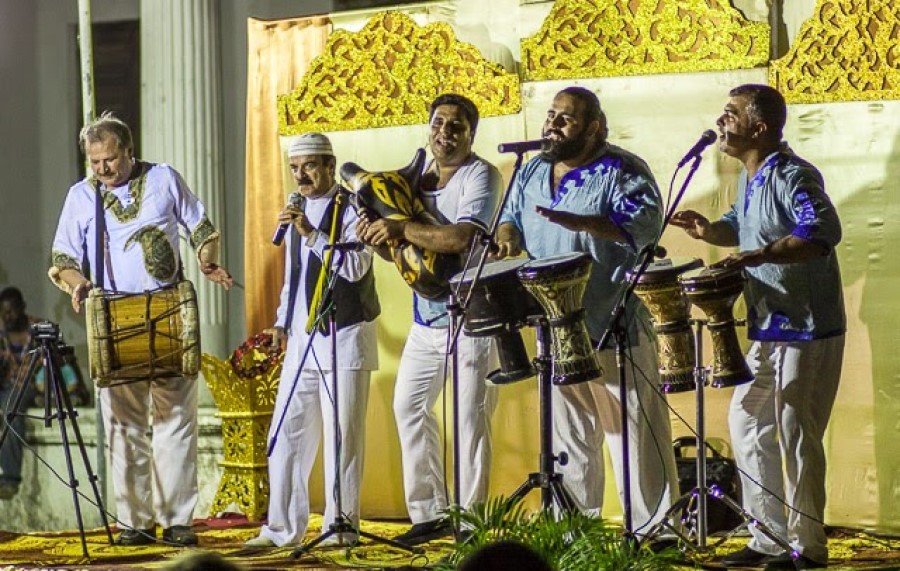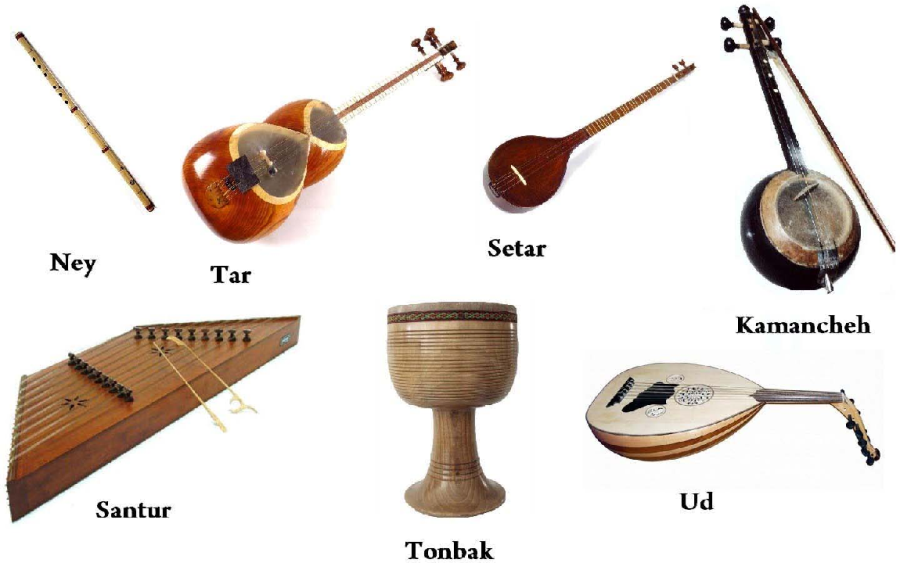If you want to understand a country and its people, you need to study their culture, and music is an important part of Iranian or Persian culture. Foreigners visiting Iran should use every opportunity to listen to authentic Iranian music. Obviously, like any other modern country, Iran has a great number of pop musicians, but the soul of its people is to be found in traditional music.
The term Persian music refers to two types of music – classical and folk music, and their origins can be traced thousands of years back. Both of them bear the influence of the Turkic and Arabic cultures surrounding Iran.
Iranian Classical Music

Iranian classical music has been defined as the music of the elites since medieval times. It relies on both composition (as understood in Western arts) and improvisation. Iranian classical music is based on a number of modal scales and tunes, known as Dastgahs and Avazes. Some classical compositions are characterized by a low, contemplative tune, while others are more energetic. Improvisation is allowed as long as it is kept in the proper modal.
That’s interesting if you know, Iran has a registered UNESCO intangible cultural heritage in the music section: Radif. In the Persian language Radif means “order”, and when talking about music Radif is a collection of melodic tunes/figures that have been passed down generations. It is considered to be one of the many reasons why Persian music has survived and made its way through the decades
Read also: 6 UNESCO Intangible Cultural Heritage In Iran
Iranian Folk Music

The music of the people. While classical music is reserved mostly to the elites, folk music is for everybody. It’s the kind of music Iranians sings at their festivities, the songs that accompany a wedding feast or the mournful tunes associated with funerals. Iranians also have special harvest songs, marking what was and still is an important moment in the life of the community.
Also, pay attention to the country’s rich tradition of children’s songs and lullabies.
The folk music of Iran is as varied as the ethnicities that make up the Iranian people, so don’t be surprised if you hear different kinds of music when traveling from one province to another. Folk music needs to be understood in the appropriate historical, social or religious context in which it was created.
Before modern music recording and storage devices were created, traditional Iranian music was preserved by the wandering artists that roamed the country. Professional musicians were called upon to perform joyful tunes at wedding ceremonies. Storytellers would combine epic poems with traditional songs, while minstrels would captivate large gatherings with epic or romantic ballads retelling the lives of famous warriors and grea historical figures.
Traditional Iranian Musical Instruments

If you come from a place where most of the music is made with classical Western instruments, you’re in for a rich cultural experience, filled with wonders. There are so many traditional Iranian or Persian musical instruments, some of which are virtually unknown to the rest of the world.
For instance, Iranian musicians are very fond of string instruments, such as the chang (very similar to the harp), qanun, santur, rud, tar and dotar. As far as wind instruments are concerned, Iranians use the sorna, ney or neyanban. Then you have percussion instruments, like the tompak, kus or dayere.
Interesting to note that some instruments are used in both classical and folk music, while others, such as the soma or the neyanban are unique to folk music. And they do, of course, use various Western instruments such as the piano, the violin or the fiddle.
Read also: Tips you wish to know about Iran culture

